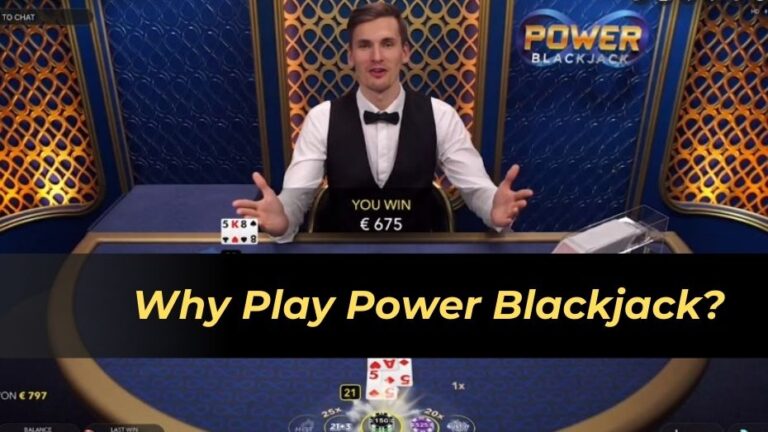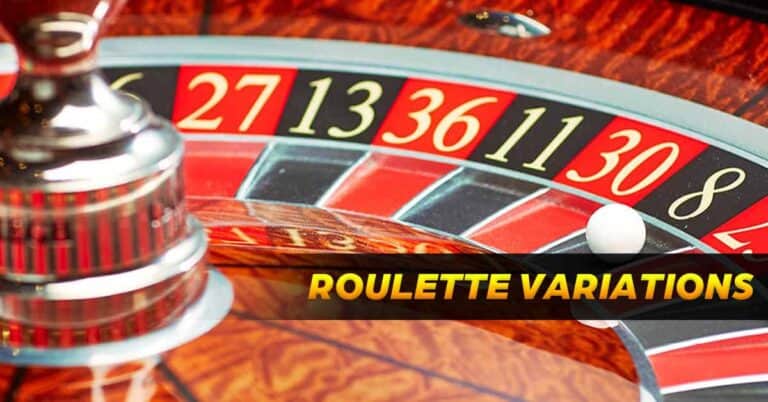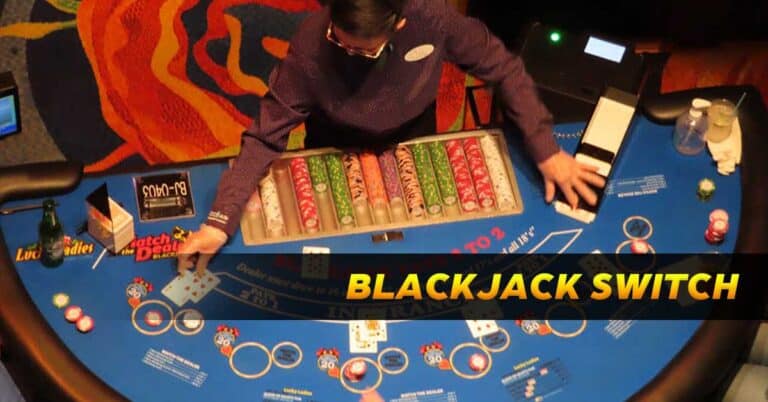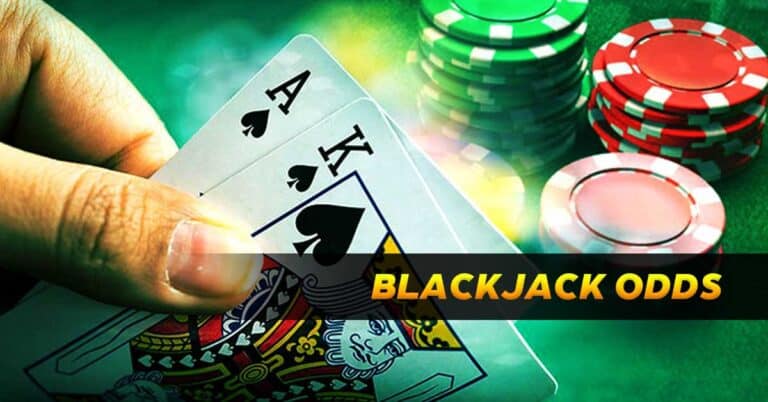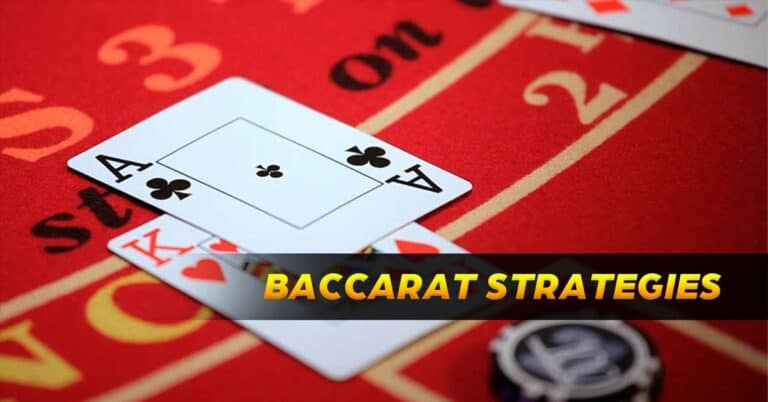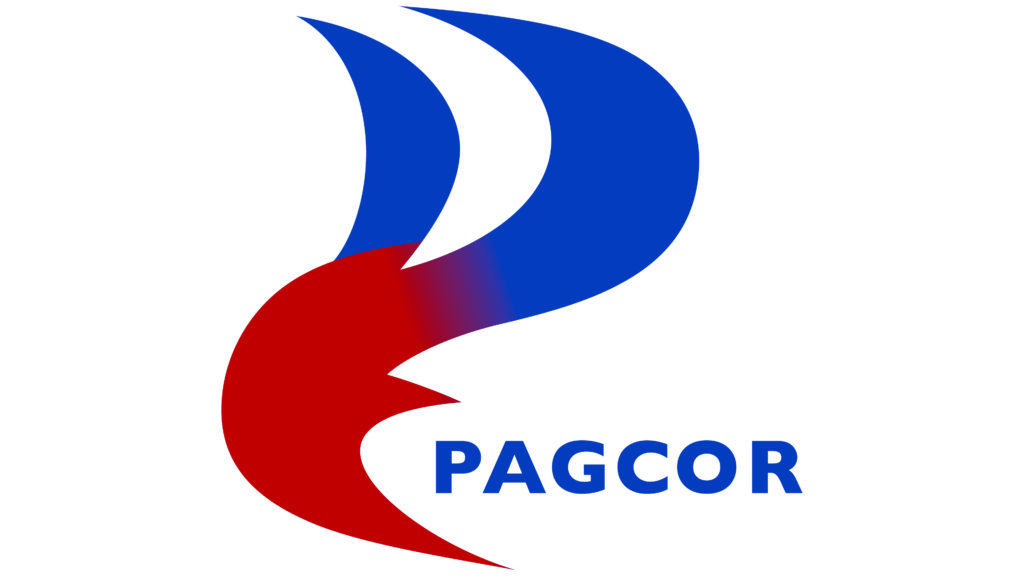Mastering Blackjack Surrender: A Comprehensive Guide
Blackjack is a popular casino card game known for its strategic depth and thrilling gameplay. Within the world of blackjack in Lodigame, there exists a unique option called “surrender.” This option provides players with a tactical advantage by allowing them to fold their hand and recover half of their bet under certain conditions. Understanding when and how to use the surrender option can significantly improve your blackjack skills and overall success at the tables. In this comprehensive guide, we’ll delve into the intricacies of blackjack surrender, exploring its rules, strategies, and when to employ it to maximize your chances of winning.
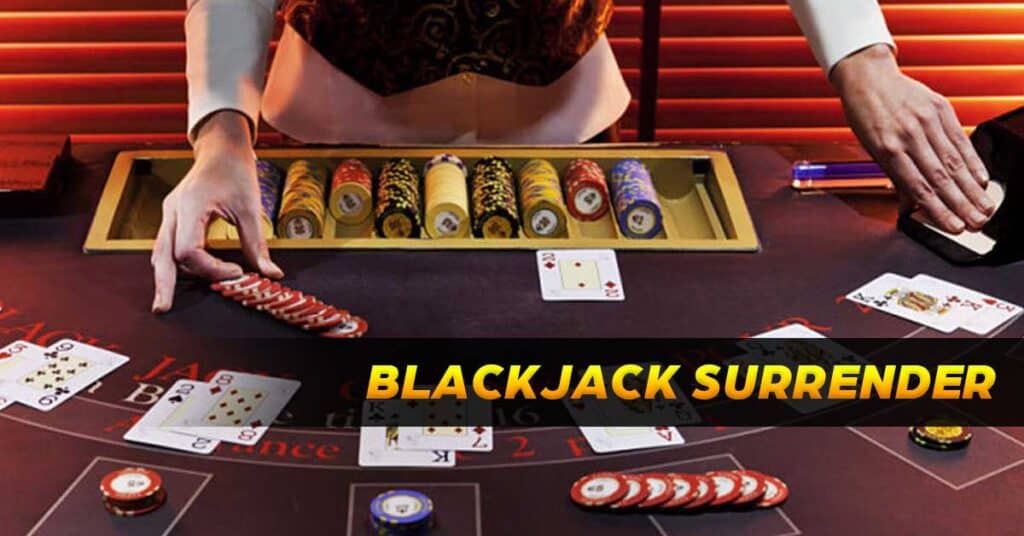
Understanding Blackjack Surrender
Blackjack surrender is a strategic option offered in many variations of the game, giving players the opportunity to minimize losses when they believe their hand is unlikely to win against the dealer’s upcard. In essence, it allows you to fold your hand and recover half of your original bet, salvaging some of your wager in situations where you might otherwise lose your entire bet.

Types of Surrender: Early Surrender vs. Late Surrender
Early surrender is the more favorable option for players, but it is less commonly found in casinos. With early surrender, you can forfeit your hand and receive half of your bet back before the dealer checks for blackjack. This option significantly reduces the house edge. Here are the key rules and considerations for early surrender:
- Dealer Peek: In games that offer early surrender, the dealer typically checks for blackjack when they have an Ace or a 10-value card as their upcard. If the dealer has blackjack, your surrender option becomes void, and you lose your entire bet.
- Player Advantage: Early surrender provides a significant advantage to players, as it can reduce the house edge by up to 0.6%. This makes it one of the most player-friendly rules in blackjack.
- Surrender Timing: You can exercise early surrender at any point during your turn, even before making additional decisions like hitting or doubling down. This flexibility allows you to react swiftly to unfavorable situations.
Late surrender, on the other hand, is more widely available. In this version, you can surrender your hand only after the dealer checks for blackjack. While still advantageous, late surrender doesn’t offer the same level of strategic advantage as early surrender. Here’s what you need to know about late surrender:
- Dealer Peek: Unlike early surrender, late surrender occurs after the dealer has checked for blackjack. If the dealer indeed has a blackjack, you cannot surrender, and you lose your full bet.
- Player Advantage: While late surrender is not as advantageous as early surrender, it still provides a valuable tool for minimizing losses in certain situations. It can reduce the house edge by around 0.08%.
- Surrender Timing: In late surrender, you must typically make your decision to surrender before making any additional playing decisions, such as hitting or standing. Once you make another decision, surrender is no longer an option.
When Can You Surrender?
Surrender is not always available in every blackjack game or under all circumstances. The conditions under which you can surrender may vary, so it’s essential to understand the specific rules of the game you’re playing. However, some common scenarios in which you can typically surrender include:
- Hard Hands: Surrendering is often recommended when you have a hard total of 15 or 16 against a dealer’s strong upcard (e.g., 10, Ace).
- Pair of 8s: When you have a pair of 8s (a total of 16), surrendering may be advisable if the dealer has a 9, 10, or Ace.
- Soft Hands: Depending on the blackjack variant, you may be able to surrender with a soft hand (a hand with an Ace that can count as 1 or 11) if the dealer’s upcard is unfavorable.
- Doubling Down vs. Surrender: In some cases, you might face a decision between doubling down and surrendering. Understanding the odds and strategy for each option is crucial in making the right choice.
- Blackjack Variations: Different blackjack variations may have unique surrender rules. Make sure to get acquainted with the particular rules of the game you’re engaging in.
Surrender vs. Insurance: Key Differences
It’s essential to distinguish between surrender and insurance, as they are both options that can be used when the dealer’s upcard is an Ace. Here are the key differences:
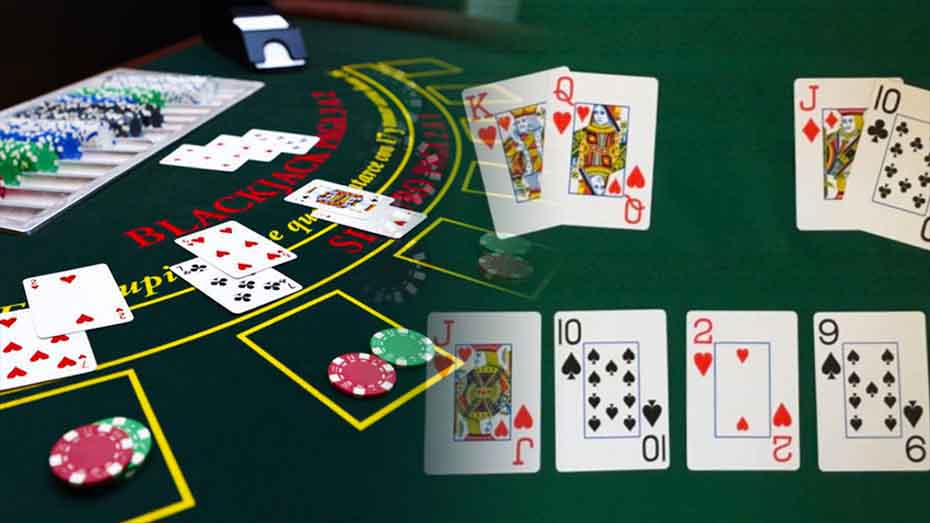
Nature of the Bet
Surrender is a decision related to your initial blackjack hand. It allows you to fold your hand and recover half of your original bet when you believe your chances of winning are slim. Surrender directly impacts your hand’s outcome and the amount of money at stake in the main game.
Insurance, on the other hand, is a separate side bet that you can place when the dealer’s upcard is an Ace. This side bet is unrelated to the outcome of your hand. It’s essentially a bet on whether the dealer has a blackjack or not.
Timing of the Decision
The decision to surrender is typically made before you take any other actions with your hand, such as hitting, standing, or doubling down. Once you make another decision about your hand, surrender is no longer an option. It’s a strategic decision made based on the initial dealt cards.
The decision to take insurance, or “buy insurance,” is made after the dealer’s upcard is revealed to be an Ace. You have the option to place an insurance bet at this point, but it does not affect your initial hand or your subsequent decisions regarding that hand.
Outcome and Payout
When you surrender, you forfeit half of your original bet, but you also retain the other half. This is an attempt to minimize your losses when you believe your hand is unlikely to win. Surrendering effectively ends your participation in that round, and you neither win nor lose the full bet.
If you take insurance and the dealer indeed has a blackjack, your insurance bet pays out at 2:1. This means you’ll win double the amount you wagered on insurance. However, if the dealer does not have a blackjack, you lose the insurance bet, and the main game continues as usual. It’s worth noting that the payout for insurance is lower than the standard blackjack payout of 3:2.
House Edge
The impact of surrender on the house edge varies depending on whether it’s early or late surrender. Early surrender, when available, significantly reduces the house edge by up to 0.6%. Late surrender, while still advantageous, reduces the house edge by a smaller margin, typically around 0.08%.
Insurance is generally considered a less favorable option for players due to its higher house edge. The house edge for insurance can be as high as 7-8%, making it a riskier bet in the long run compared to using surrender strategically.
Benefits and Drawbacks of Surrender
Understanding the benefits and drawbacks of the surrender option in blackjack is essential for any player looking to enhance their game. While surrender can save you from significant losses in certain situations and reduce the house edge, it also comes with the risk of forfeiting half of your bet and potentially missing out on opportunities to win with a stronger hand. In this section, we’ll explore the advantages and disadvantages of using surrender strategically in your blackjack gameplay.
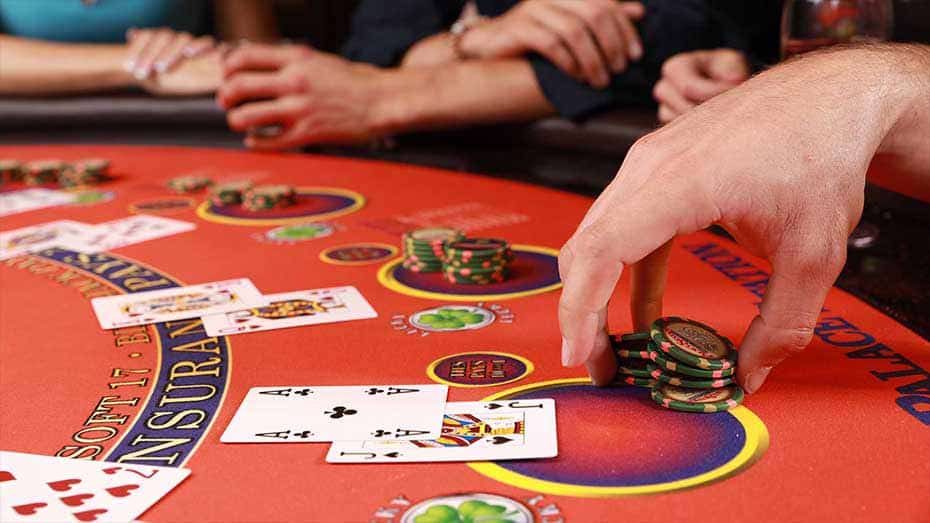
Advantages of Using Surrender
- Loss Mitigation: The primary advantage of surrender is its ability to limit your losses in unfavorable situations. When you find yourself with a weak hand against a strong dealer upcard, surrendering allows you to retrieve half of your original bet, mitigating the impact of a potential loss.
- Strategic Advantage: Surrender is a powerful strategic tool when used correctly. It allows you to make more informed decisions by cutting your losses in situations where it’s statistically advantageous to do so. This can lead to improved long-term results at the blackjack table.
- Reduced House Edge: Depending on whether you have access to early or late surrender, it can significantly reduce the house edge. Early surrender, in particular, can lower the house edge by up to 0.6%, making it one of the most player-friendly rules in blackjack.
- Increased Confidence: Knowing you have the option to surrender can boost your confidence as a blackjack player. It can encourage you to take calculated risks and make strategic decisions, knowing that you have a safety net in challenging situations.
Disadvantages of Using Surrender
- Half Losses: While surrender can mitigate losses, it also means you’re conceding half of your original bet. In scenarios where your hand could potentially improve and beat the dealer, surrendering prematurely could result in a missed opportunity for a win.
- Loss of Initiative: Surrendering essentially means you’re giving up the chance to play your hand and influence the outcome. In some cases, you might choose to hit or double down on a hand that, although weak initially, could become stronger with the right cards.
- Unavailable in All Games: Not all blackjack tables offer the surrender option. If you rely heavily on surrender in your strategy, you may need to seek out specific tables or variations that provide this option. In some cases, you might not have access to it.
- Skill and Timing Required: To use surrender effectively, you need a good understanding of basic blackjack strategy and the ability to assess when it’s advantageous to surrender. This skill requires practice and experience, and novice players may struggle to make the right decisions consistently.
- House Rules Vary: Even when surrender is available, the rules can vary from one casino or blackjack variant to another. It’s crucial to be aware of the specific surrender rules in the game you’re playing to maximize its benefits.
Common Mistakes to Avoid
In the exciting world of blackjack, mastering the art of playing your cards right is crucial. While using the surrender option strategically can be a game-changer, avoiding common mistakes is equally essential. In this section, we’ll highlight some of the most prevalent blunders players make when it comes to surrendering in blackjack and provide insights on how to steer clear of them for a more successful gaming experience.
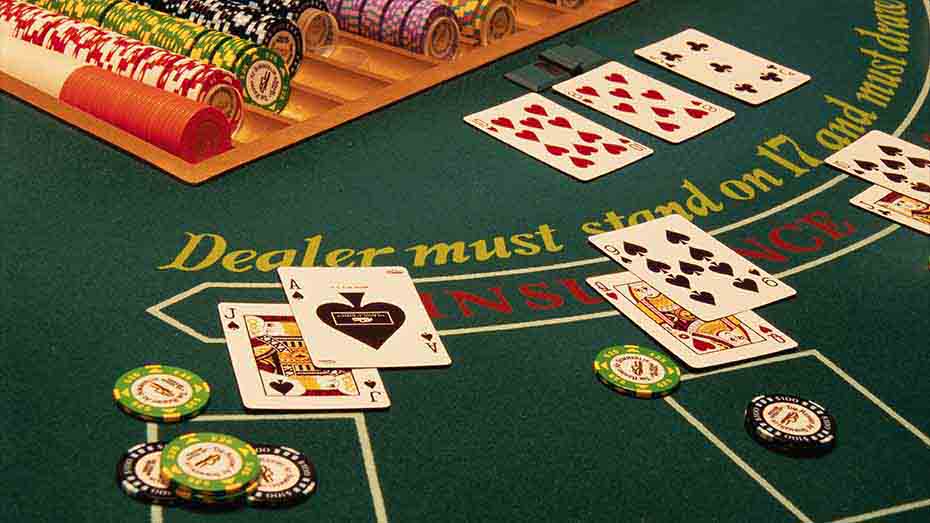
- Misunderstanding Surrender Rules: Ensure you are aware of whether the game offers early or late surrender, as this affects your strategy. Misinterpreting the rules can lead to costly mistakes.
- Overusing Surrender: While surrender is a valuable tool, overusing it can erode your bankroll. Avoid surrendering when the odds are in your favor or when you have a reasonable chance of improving your hand.
- Ignoring Other Basic Strategies: Surrender is just one aspect of blackjack strategy. It’s essential to combine it with other basic strategies such as hitting, standing, and doubling down to maximize your overall advantage.
- Failing to Adapt: Remember that surrender decisions depend on the specific circumstances. Be adaptable and consider the broader context of the game, including the count of cards and your overall strategy.
FAQs
Conclusion
In conclusion, mastering the art of blackjack surrender can be a game-changing skill for players seeking to enhance their blackjack gameplay. By understanding the nuances of early and late surrender, recognizing the opportune moments to employ this strategic tool, and avoiding common pitfalls, players can mitigate losses, reduce the house edge, and ultimately increase their chances of success at the blackjack tables. However, it’s important to remember that surrender is just one facet of a comprehensive blackjack strategy, and blending it with other essential tactics is key to achieving long-term success in this thrilling casino card game.










